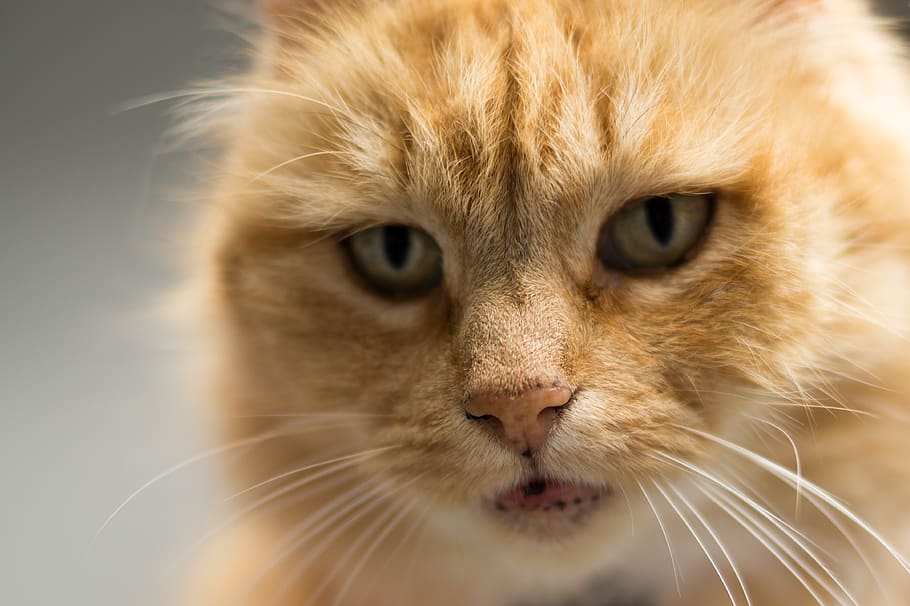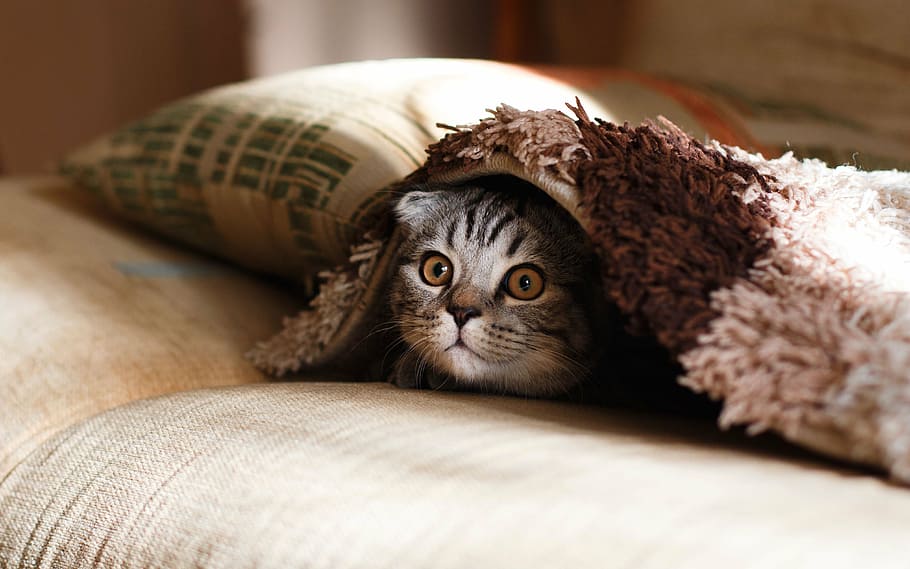Why Are My Cat’s Ears Down?
As cat owners, we pay close attention to our furry friends and their behaviors. One common concern that cat owners may encounter is seeing their cat’s ears down. While it’s normal for cats to have their ears in different positions throughout the day, consistently drooping or flattened ears could indicate various underlying reasons. In this blog post, we will explore why your cat’s ears may be down, providing insights into cat behavior and potential causes. Understanding these cues will help you ensure your cat’s well-being and address any potential health or emotional issues promptly.
Body:
1. Normal Ear Positions in Cats
Before diving into the reasons for your cat’s ears being down, it’s essential to understand the normal ear positions in cats. Typically, a cat’s ears are upright and facing forward when they are alert and curious. When your cat is relaxed, their ears may be in a neutral position, slightly tilted to the side. Cats also have the ability to move their ears independently to pick up sounds and express their emotions. By being familiar with these normal ear positions, you can better observe any changes or abnormalities in your cat’s ear posture.
2. Fear or Anxiety
One common reason for a cat’s ears to be down is fear or anxiety. When cats feel threatened, scared, or stressed, they may flatten their ears against their head as a defensive response. This position helps protect their ears from potential harm and is often accompanied by other body language cues, such as a crouched posture or a tucked tail. If your cat’s ears are down and they are exhibiting other signs of fear or anxiety, it’s important to identify the source of their discomfort and create a safe and soothing environment for them.
3. Illness or Pain

Another possible explanation for your cat’s ears being down is an underlying illness or pain. Cats may display changes in their ear position if they are experiencing discomfort or suffering from an infection, injury, or inflammation in the ear. Ear infections, dental issues, or other health conditions can cause pain that manifests as drooping or flattened ears. If you notice your cat’s ears down accompanied by signs of discomfort, such as excessive scratching, head shaking, or ear discharge, it’s crucial to consult with a veterinarian for a proper diagnosis and treatment.
4. Submission or Submissive Behavior
Cats, especially in multi-cat households, may exhibit submissive behavior by lowering their ears. When a cat is trying to convey submissiveness or avoid conflict with another cat or even a human, they may flatten their ears as a sign of deference. This behavior is often seen in situations where a dominant cat or unfamiliar person is present. It’s important to observe the context and other body language signals to determine if your cat’s ear position is a result of submission.
5. Environmental Factors and Sensory Overload
Sometimes, a cat’s ears may be down due to environmental factors or sensory overload. Loud noises, sudden movements, or overwhelming stimuli can cause cats to react by flattening their ears. This response helps protect their sensitive ears and allows them to focus on processing the stimuli around them. If your cat’s ears are frequently down in certain environments or situations, consider creating a calm and peaceful space for them to retreat to when they feel overwhelmed.
While a cat’s ears being down can be concerning, it’s important to evaluate the context, observe other body language cues, and consider potential causes. Fear, anxiety, illness, pain, submission, and environmental factors can all contribute to your cat’s ear posture. By understanding these reasons and being attuned to your cat’s behavior, you can provide the necessary care and support. If you have persistent concerns about your cat’s ear position or notice other worrisome symptoms, consult with a veterinarian for a comprehensive evaluation. Remember, maintaining a safe, comfortable, and stress-free environment for your cat is key to their well-being.
Note: The information provided in this blog post is for informational purposes only and should not replace professional veterinary advice. If you have specific concerns about your cat’s health, consult with a veterinarian.
